On the evening of January 19, Tay Ho District Police ( Hanoi ) said that new money exchange service advertisements on social networking sites pose many potential risks to money exchangers.
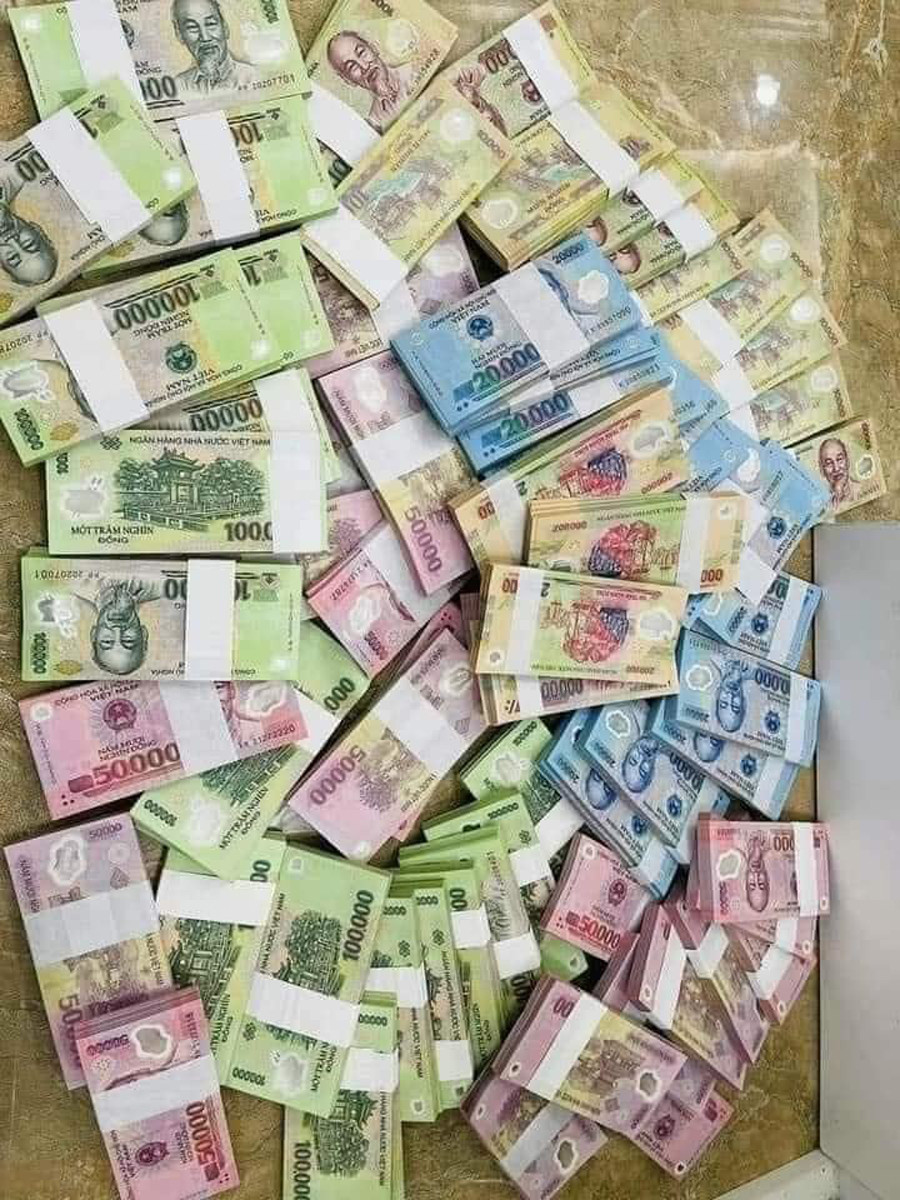
In fact, there have been many people who have exchanged new money but when they received the money back, it was not as promised, or even received fake money.
The subjects take advantage of the opportunity, playing on the psychology of people who want to exchange money to commit fraud. Most of the subjects, upon receiving real money from people who need to exchange money, immediately block communication and disappear.
Usually, those who "fall into the trap" of scams and get counterfeit money exchanged consider it "bad luck" and do not report it to the authorities for fear of being prosecuted for buying and selling counterfeit money.
"Currently, according to the law, both buyers and sellers of counterfeit money are subject to criminal prosecution with different prison terms regardless of the denomination or value of the money being bought and sold," the leader of Tay Ho District Police informed.
Due to the high demand for payment and circulation of goods and currency at the end of the year, the State Bank of Vietnam (SBV) always directs SBV branches in provinces and cities and credit institutions to strengthen payment work, currency and treasury work.
The purpose is to ensure that cash needs are met in terms of quantity, structure and quality of money for commodity and currency circulation.
At the same time, improve the quality of money in circulation, collect and exchange money that does not meet circulation standards. "Only State Bank branches and credit institutions are allowed to collect and exchange money that does not meet circulation standards."
Therefore, all acts of exchanging new money or small change from other individuals or organizations to enjoy the difference, or exchanging money online without permission, are violations of the law and must be prevented and strictly handled."
From there, the police pointed out 5 ways to check and identify real and fake money: Hold the bill up to a light source, check the watermark, security thread, and locator image. Gently stroke the bill to check the indented elements. Tilt the bill to check the color-changing ink (OVI), IRIODIN, and the raised image. Check the transparent windows. Use a magnifying glass and ultraviolet light.
In which, method 2 is to gently stroke the bill (check the indented elements) is the popular method and is used by many people. Just gently stroke the bill on the indented elements to feel the raised, roughness of the print.
While with counterfeit money, when gently stroked by hand, it only feels smooth or has a rough feeling but does not have the raised, rough texture like real money.
Source








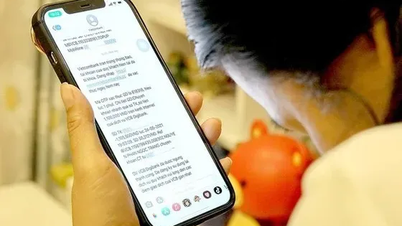


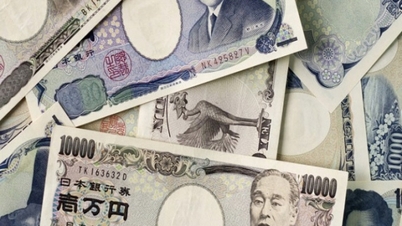




















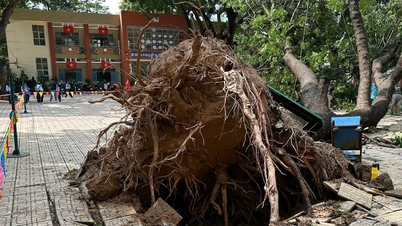

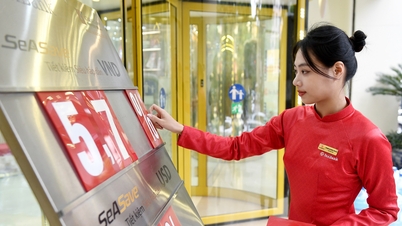














































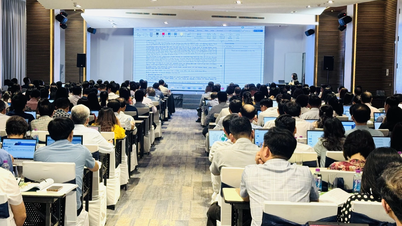

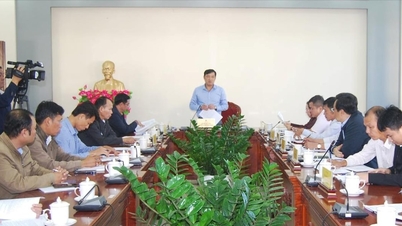

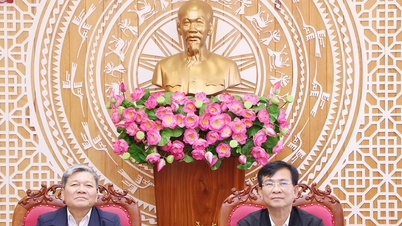














Comment (0)